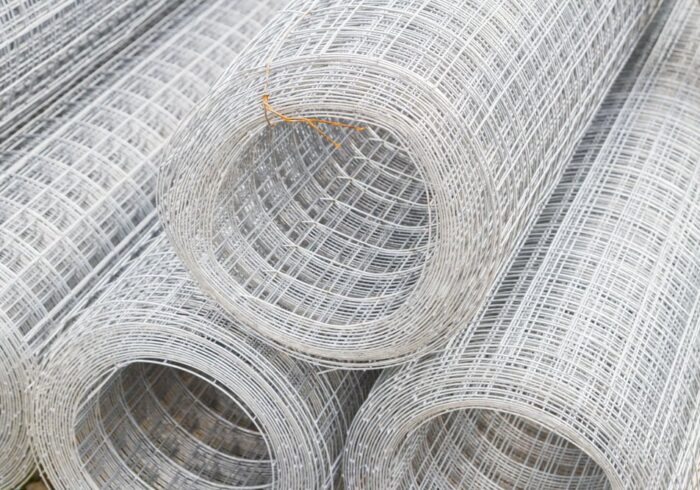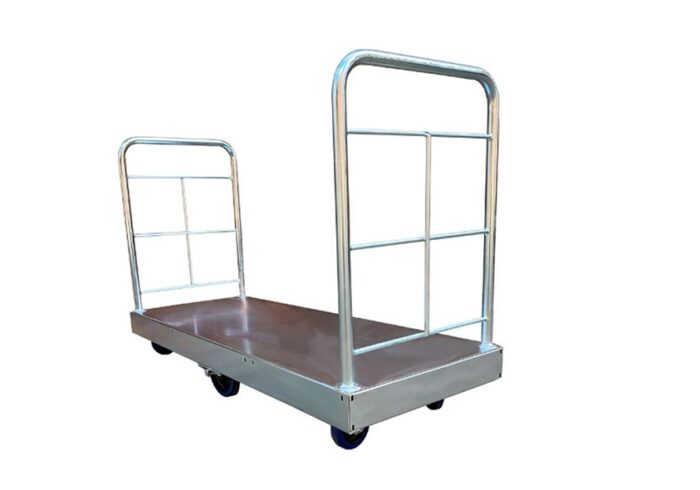Armored SUVs are manufactured using a combination of specialized techniques and materials to enhance their security and protection capabilities.
Here’s an overview of the typical manufacturing process involved in producing an armored SUV:
- Vehicle Selection
The manufacturing process usually starts with selecting a base SUV model that meets the desired specifications and requirements. Common choices include SUVs from reputable manufacturers known for their reliability and robustness.
- Design and Engineering
A team of engineers and designers develop a detailed plan for the armored SUV, considering factors such as ballistic protection levels, weight distribution, and overall vehicle performance. The design process involves CAD (Computer-Aided Design) software to create precise blueprints for the modifications.
- Ballistic Reinforcements
Ballistic reinforcements are a crucial aspect of armored SUV manufacturing. The vehicle’s structure is fortified with high-strength ballistic materials, such as aramid fibers (e.g., Kevlar) and composite materials, to provide protection against ballistic threats. These materials are strategically placed in critical areas, such as the doors, roof, pillars, and floor, to create a defensive shell.
- Armored Impact Windows
The SUV’s windows are replaced with specially manufactured ballistic glass to withstand high-velocity impacts. These windows are typically made of multiple layers of glass and polycarbonate materials, bonded together with an interlayer, such as polyvinyl butyral (PVB), which provides additional strength and shatter resistance.
- Welding and Reinforcement
Next, skilled welders employ techniques like MIG (Metal Inert Gas) welding or TIG (Tungsten Inert Gas) welding to attach armored plates and brackets to the vehicle’s structure securely. Additional reinforcements, such as steel plating, are often added to critical areas for increased protection.
- Suspension and Brake Upgrades
Armored SUVs are heavier than their non-armored counterparts due to the added ballistic materials. To compensate for the increased weight, the suspension and braking systems are upgraded to ensure optimal performance and handling.
- Interior Refitting
The interior of the SUV is completely overhauled to meet the requirements of the armored vehicle. This may include modifications such as reinforced door hinges, upgraded door locks, bulletproof panels, ballistic blankets, and run-flat tire systems.
- Testing and Certification
Once the manufacturing process is complete, the armored SUV undergoes rigorous testing to ensure that it meets the specified ballistic protection levels and safety standards.
- Delivery
After successful testing and certification, the armored SUV is ready for delivery to the customer. It is important to note that the manufacturing process may vary slightly among different manufacturers, as each may have their own proprietary techniques and customization options.
Troy Armoring SUVS involves a combination of skilled craftsmanship, advanced materials, and rigorous testing to create a secure and reliable vehicle capable of withstanding potential threats.




